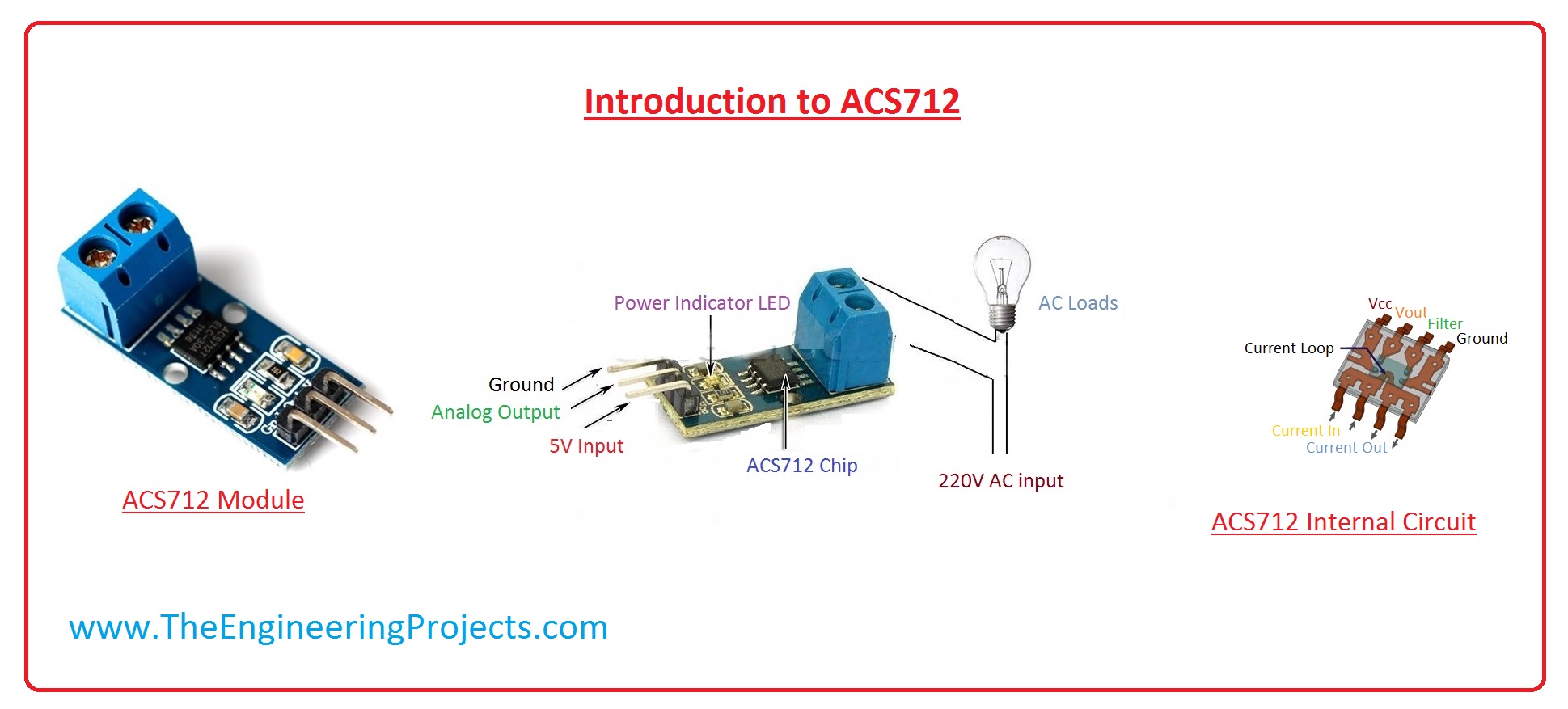ThomsCircuit
Well-Known Member
I would like to use this to energize a 120vcoil on a relay but I don't know too much about the details of this sensor. Can you help me figure this out and let me know if It can be used to do what I want.
Thanks T.B.

Thanks T.B.



